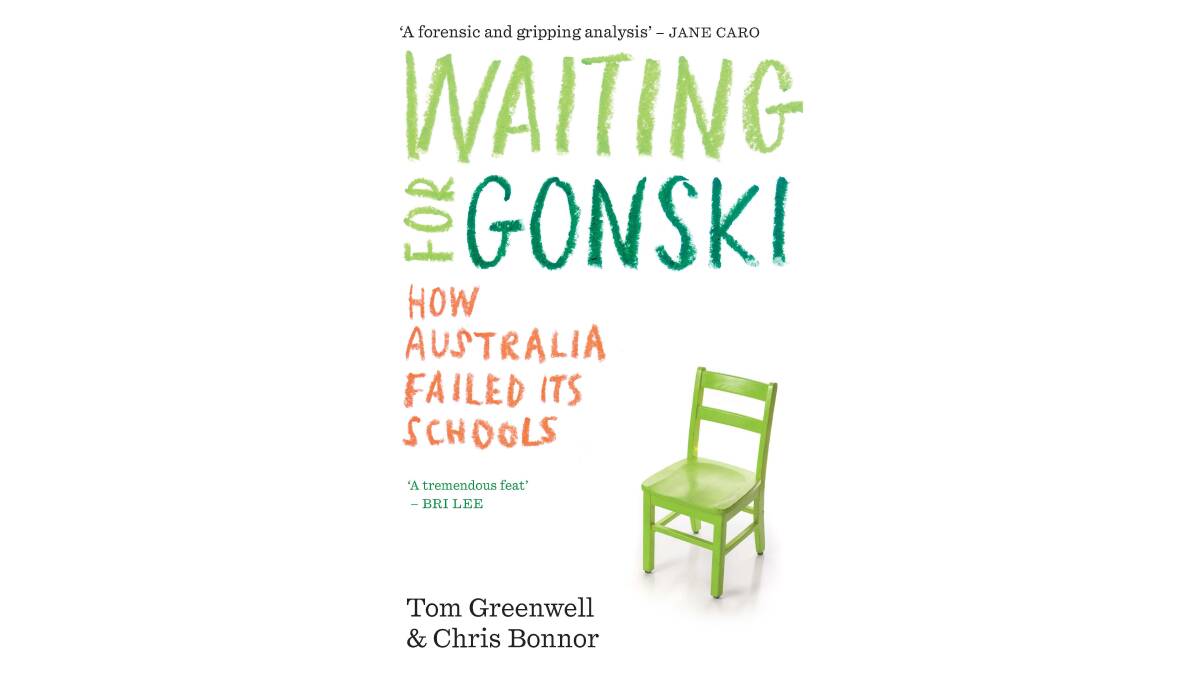Demography should not be destiny - is this the Australian way? The Land of the Fair Go boasts an identity of class-defiant egalitarianism. Systems of national comparison like the ATAR are predicated on an understanding of our school system as meritocratic - modern, in some liberal sense of the word.
Subscribe now for unlimited access.
or signup to continue reading
Yet statistics increasingly bear out the ways in which determinants like socio-economic status, race, and geography predict prospects of achievement in class and beyond.

Since before the Federal government's 2011 review of school funding - popularly known as the Gonski Review - Australia's educational outcomes were slipping, and the spread of results, resources, and pupil demographics across public, selective and independent schools were increasingly concentrated and skewed.
In their new book, Waiting for Gonski, educators and education policy experts Tom Greenwell and Chris Bonnor seek to explain the life, stagnation and disappointment of the Gonski Review.
They situate it in Australia's confused history of education funding policy, and to suggest a path forwards to a truly needs-based, sector-blind school funding system.
The authors' approach is systematic and analytic. Early chapters circumnavigate particular variables in the dysfunction of Australia's schooling, as examined by Gonski, while later chapters analyse the continued decay of educational and equitable outcomes.
The commentary is clear and purposive, if somewhat muted and restrained by the modes of public policy discourse. Nevertheless, the book cannot help but generate indignation.
The authors present a portrait of our education system in which future prospects are determined by location and income, and where social classes are concentrated into schooling classes.
Amidst this, wealthier students are bolstering the achievement of their wealthier classmates and vice versa, all propagated by a funding system both inefficient and iniquitous.
In April, 2020, the Australian Education Union released a report on the state of funding in Australian schools, finding an annual underfunding of government schools of $6.5 billion dollars, alongside an extra $10 billion dollars of federal funding allocated to non-government schools since 2018; in the words of the report, "rank discrimination".
Greenwell and Bonnor's account confronts us with an Australian hypocrisy: what does it mean for the Land of a Fair Go, when it can no longer make certain claims about the equality of its educational opportunity?

